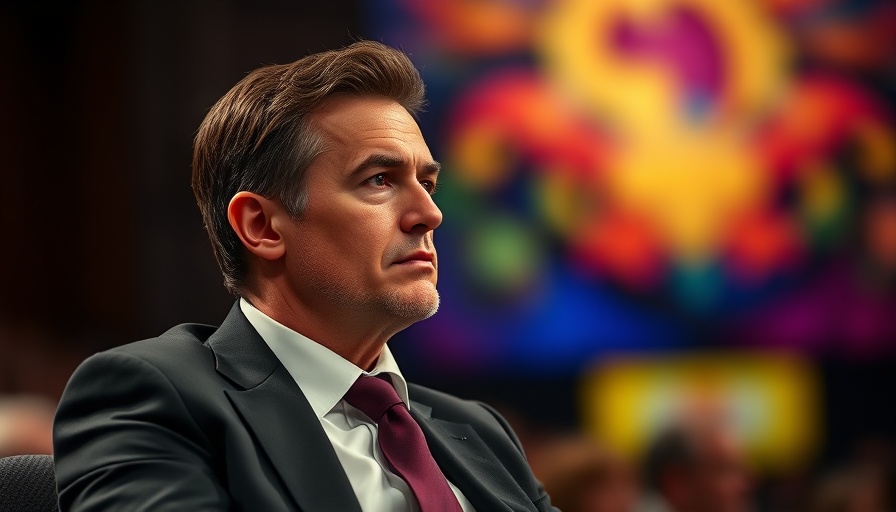
The Lessons of Coldplay’s Kiss Cam Controversy
When it comes to crisis management, timing is everything. The recent kiss cam incident during a Coldplay concert serves as a glaring example of how swiftly a situation can spiral out of control. It raises pertinent questions about reputation management, audience engagement, and the role of quick decision-making in mitigating public relations disasters.
Understanding the Situation
The Coldplay kiss cam controversy erupted when footage of a couple who did not want to participate in the kiss cam segment was shared widely. Their discomfort highlighted a growing criticism of how expected participation can often overlook individuals' feelings. This incident, while seemingly trivial, holds substantial lessons for executives and leaders who must handle similar public relations crises.
Timing is Crucial in Crisis Management
As highlighted in the aftermath of the incident, quick and transparent communication is vital. While Coldplay promptly addressed the situation via social media, the initial oversight illustrates the necessity for companies to have timely responses ready for unplanned events. Executives must recognize the importance of being prepared, for the public's side of the story can always amplify a negative situation.
Active Engagement: A Lifeline in Crisis
Effective crisis management often requires engaging with stakeholders actively. An example of this can be seen in the response from Coldplay’s management, who provided an opportunity to clarify their position and apologize to the individual involved. This proactive engagement not only helps clear uncertainties but also rebuilds trust which is essential for brand image during a crisis.
Learning from the Backlash
The backlash stemming from this incident puts a spotlight on an essential aspect of public relations: understanding your audience. Mistakes happen, but what matters is learning from them. Business leaders must continually gather feedback from their customer base and adapt their strategies accordingly.
Future Insights: The Importance of Preparedness
Disruptions can arrive unexpectedly, turning a joyous event into a crisis. In light of this incident, business leaders should implement protocols that allow swift reaction to criticisms or controversies. A well-thought-out crisis management plan must include potential risks and rehearsal for public responses. Understanding the possible reactions anticipates challenges instead of confronting them reactively.
Crisis Leadership: The Role of Psychological Resilience
Leaders who navigate crises must embody psychological resilience. The Coldplay incident reveals that under pressure, leaders need to maintain clarity, engage empathetically, and communicate effectively. Leadership psychology highlights that navigating crises effectively often involves emotional intelligence and humility to understand and address varied perspectives from impacted parties.
Towards Effective Solutions
For executives looking to fortify their decision-making and crisis management skills, workshops focused on cognitive performance and behavioral economics can greatly enhance awareness in tackling these issues. Such proactive measures not only bolster strategic approaches toward anticipated challenges but also cultivate an organization culture manifesting flexibility and adaptability.
Final Thoughts on Crisis Management
The Coldplay kiss cam incident serves as a significant lesson for business leaders in understanding the complexities and nuances of crisis management. It emphasizes the urgency for preparation and planning—components that must be integral to any organizational strategy. As leaders, the focus should extend beyond reactive measures to fostering an adaptive company ethos. This focuses on crisis leadership skills that not only respond effectively to immediate problems but also pave a resilient path forward.
In conclusion, to navigate evolving circumstances in this digital age, business leaders must stay alert, embrace adaptability, and prioritize developing strong communication strategies. This empowers them to convert potential crises into opportunities for growth and improvement for themselves and their organizations.
 Add Row
Add Row  Add
Add 




Write A Comment